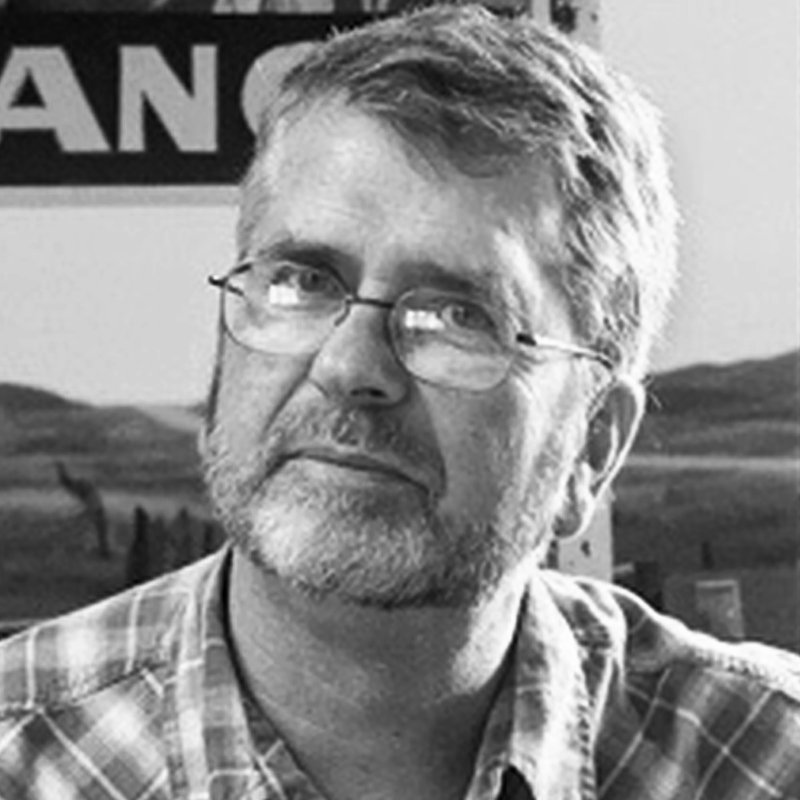Vol. 12 Presenter: Steve Fitch
Presenting
Arrowheads and Arrows
Summary
This presentation will address the question of what we can learn about a culture from its artifacts. Steve Fitch’s photographs of the vernacular roadside can be seen as a collection of artifacts that reveal the values, aesthetics, and quirks of our cultural landscape. Steve’s interest in artifacts began in his childhood when he went to a new elementary school in Ukiah, California, built on a Pomo camping ground. For the next few years the school kids— as well as Steve—kept finding and collecting arrowheads from the playground. He became a serious collector and his obsessions grew to collecting baseball cards, insects, coins, stamps, even visible flow gas pumps from the 1930s. As an adult, his collecting has continued mainly through photography. His collection of images is an attempt to investigate the culture through architectural, roadside, personal, and abandoned artifacts, especially in the West. The ubiquitous arrow, seen in many of his neon sign photographs, is a suitable metaphor for how he uses photographs to point out what interests him in the American landscape, and what he sees as significant and worth photographing.
Bio
Steve Fitch grew up in Northern California, and graduated from the University of California at Berkeley with a Bachelor’s degree in Anthropology in 1971. He spent the next five years photographing the American highway, ultimately publishing his first book Diesels and Dinosaurs: Photographs from the American Highway. He came to the University of New Mexico for graduate studies and received his Masters degree in Fine Art Photography in 1978. Since that time he has continued to explore Western highways and backroads and to photograph the neon and hand painted signs, petroglyphs, abandoned houses, radio towers, drive- in movie theaters, and small town murals he finds there.
Steve’s photographs have been exhibited and collected widely, and published in several books including Marks in Places: Contemporary Responses to Rock Art; Gone: Photographs of Abandonment on the High Plains; and Vanishing Vernacular (Western Landmarks). He taught photography for 42 years in the art departments of the University of Colorado, Princeton University, and the Santa Fe University of Art and Design. He lives off the grid, in the passive solar adobe house he and his wife built in rural Santa Fe County.

